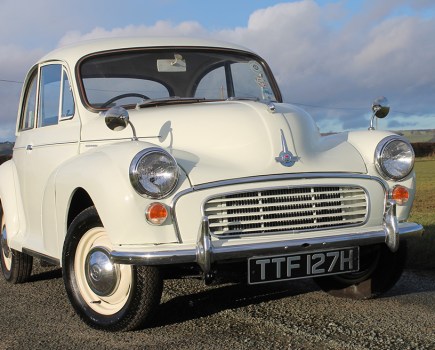Welcome to Past Marques, where we look back over the decades at manufacturers whose names have long since disappeared into the exhaust plumes of history…
Battery propulsion may have made great advances in recent history, but voltage rivalled steam and petrol power at the very dawn of motoring. The Columbia Electric Vehicle Company was the third name of five used by a manufacturer in Hartford, Connecticut, beginning with Pope Manufacturing in 1897. The factory would be at the forefront of this technology with electric-powered transport from 1900 and within two years it offered a 40-mile range at 15mph.
Its electric vehicles would sell across the globe, including the UK where they were marketed as the City and Suburban. A four-seater luxury model enjoyed a fabric roof with tasselled edges and was named the Surrey, ‘with a fringe on top’, or an alternative for those with ample funds was the Opera model, with the chauffeur seated outside. A twenty-cell battery sat in two trays under the body, powering five forward and four reverse gears, a foot brake and an electric hand brake, with pneumatic tyres, which where standard in 1903.
King Edward VII owned a Columbia Electric driven regularly by his wife, Queen Alexandra, as did the King of Spain and the world’s first presidential motorcade was also Teddy Roosevelt’s first car journey, taken in an Electric. Commercial variants of the Electric were used by police and fire departments, also a five-ton delivery truck was adapted to accommodate 48 sightseeing passengers in New York.
By 1909 Columbia had become a gasoline motor company and continued producing some advanced petrol-powered machines with engines of 6.3 litres and seven-speed gearboxes. Columbia was absorbed into the ill-fated United States Motor Company in 1910 and disappeared when that collapsed just three years later.
Above picture: The Columbia Electric 3.5 hp from 1902 was built in the hundreds each year, while petrol- powered manufacturers were only supplying their machines in the dozens.








